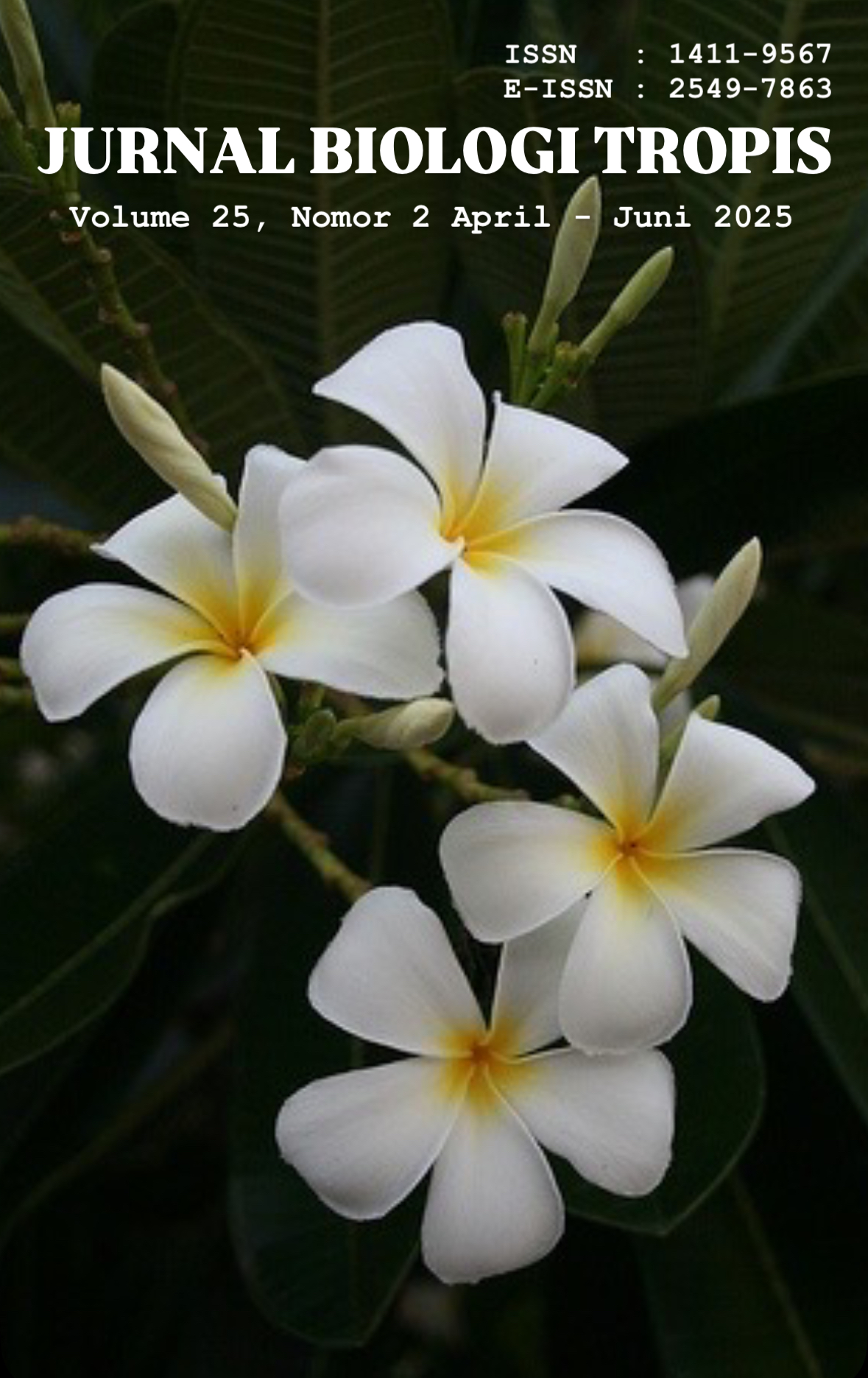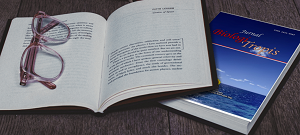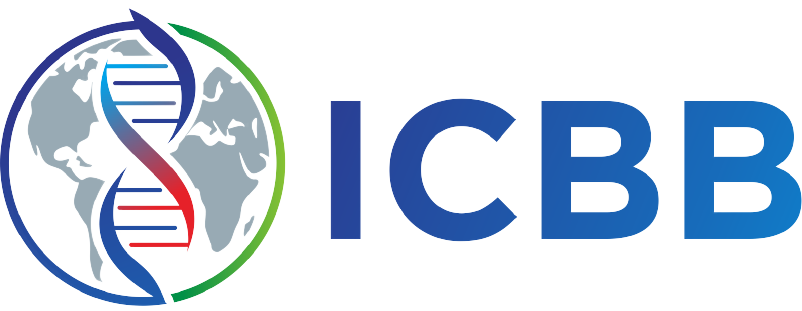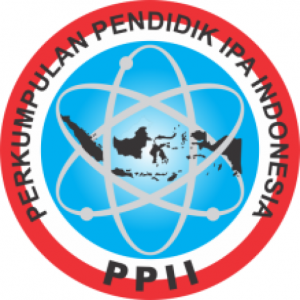Determination of Specific and Non-Specific Parameters of Ethanol Extract of Propolis from Tetragonula sp.
Authors
Dinda Ayu Maulira , Early Windari Suhayatman , Sucilawaty Ridwan , Nurul WahyuniDOI:
10.29303/jbt.v25i2.8889Published:
2025-05-07Issue:
Vol. 25 No. 2 (2025): April-JuniKeywords:
Extract, propolis, specific and non-specific parameters.Articles
Downloads
How to Cite
Downloads
Metrics
Abstract
Propolis, which is produced by Tetragonula sp., has the potential to treat a number of illnesses, including microbial infections, wounds, depression, and cancer. However, in order for propolis to be used as a raw material for traditional medicine, it must be standardized. The goal of this study was to standardize the values of specific and non-specific parameters. Propolis was extracted using the maceration method with 70% ethanol solvent until a thick extract was obtained, and the thick extract was tested for both specific and non-specific parameters. In terms of specific parameters, the obtained extract is a thick yellowish-brown liquid, has a characteristic sour propolis scent, and is sticky. Phytochemical screening also showed that the extract was positive for flavonoids, phenolics, alkaloids, saponins and tannins. Meanwhile, the nonspecific test obtained a drying shrinkage value of 35.059%, moisture content of 33.698%, specific gravity of 1.0082 g/ml, and total ash content of 1.26%. The results of the specific and nonspecific parameter tests have met the established extract requirements. Further quantitative identification of the activity of compounds in propolis is recommended for the development of traditional medicine.
References
Chairunnisa, S., Wartini, N. M., & Suhendra L. (2019). Pengaruh Suhu Dan Waktu Maserasi Terhadap Karakteristik Ekstrak Daun Bidara (Ziziphus Mauritiana L.) Sebagai Sumber Saponin Effect Of Temperature And Maseration Time On Characteristics Of Bidara Leaf Extract (Ziziphus Mauritiana L.) As Saponin Source. Jurnal Rekayasa Dan Manajemen Agroindustri, 7(4), 551–560.
Depkes RI, D. (2000). Parameter Standar Umum Ekstrak Tumbuhan Obat.
Ergina, Nuryanti, S., & Pursitasari, I. D. (2014). Uji Kualitatif Senyawa Metabolit Sekunder Pada Daun Palado (Agave Angustifolia) Yang Diekstraksi Dengan Pelarut Air Dan Etanol Qualitative Test Of Secondary Metabolites Compounds In Palado Leaves (Agave Angustifolia) Extracted With Water And Ethanol. J. Akad. Kim, 3(3), 165–172.
Erwan, Habiburrohman, Wiryawan, I. K. G., Muhsinin, M., Supeno, B., & Agussalim. (2023). Comparison Of Productivity From Three Stingless Bees: Tetragonula Sapiens, T. Clypearis And T. Biroi Managed Under Same Feed Sources For Meliponiculture. Biodiversitas, 24(5), 2988–2994. Https://Doi.Org/10.13057/Biodiv/D240553
Fakhruzy, Kasim, A., Asben, A., & Anwar, A. (2020). Review: Optimalisasi Metode Maserasi Untuk Ekstraksi Tanin Rendemen Tinggi. Menara Ilmu, Xiv(2), 38–41.
Fatwami, E. F., & Royani, S. (2023). Skrining Fitokimia Dan Uji Antioksidan Ekstrak Daun Cabai Rawit (Capsicum Frutescens L.). Journal Syifa Sciences And Clinical Research, 5(2), 253–260. Https://Doi.Org/10.37311/Jsscr.V5i2.20896
Haeria, Ningsi, S., & Riaji, A. D. (2014). Penentuan Kadar Total Fenolik, Flavonoid, Dan Karotenoid Ekstrak Metanol Klika Anak Dara (Croton Oblongus Burm.F.). Jf Fik Uinam, 2(4), 149–153.
Hasanah, N., & Novian, D. R. (2020). Analisis Ekstrak Etanol Buah Labu Kuning (Cucurbita Moschata D.). Jurnal Poltektegal.Ac.Id/Index.Php/Parapemikir, 9(1), 54–59.
Hasnaeni, Wisdawati, & Suriati, U. (2019). Pengaruh Metode Ekstraksi Terhadap Rendemen Dan Kadar Fenolikekstrak Tanaman Kayu Beta-Beta(Lunasia Amara Blanco). Jurnal Farmasi Galenika (Galenika Journal Of Pharmacy) (E-Journal), 5(2), 166–174. Https://Doi.Org/10.22487/J24428744.2019.V5.I2.13149
Illing, I., Safitri, W., & Erfiana. (2017). Uji Fitokimia Ekstrak Buah Dengen. April, 66–84.
Khairunnisa, K., Mardawati, E., & Putri, S. H. (2020). Karakteristik Fitokimia Dan Aktivitas Antioksidan Ekstrak Propolis Lebah Trigona Sp. Jurnal Industri Pertanian, 2(1), 124–129.
Marpaung, M. P., & Septiyani, A. (2020). Penentuan Parameter Spesifik Dan Nonspesifik Ekstrak Kental Etanol Batang Akar Kuning (Fibraurea Chloroleuca Miers). Journal Of Pharmacopolium, 3(2), 58–67. Https://Doi.Org/10.36465/Jop.V3i2.622
Maryam, F., Taebe, B., & Toding, D. P. (2020). Pengukuran Parameter Spesifik Dan Non Spesifik Ekstrak Etanol Daun Matoa (Pometia Pinnata J.R & G.Forst). Jurnal Mandala Pharmacon Indonesia, 6(01), 1–12. Https://Doi.Org/10.35311/Jmpi.V6i01.39
Najib, A., Malik, A., Ahmad, A. R., Handayani, V., Syarif, R. A., & Waris, R. (2018). Standardisasi Ekstrak Air Daun Jati Belanda Dan Daun Jati Hijau. Jurnal Fitofarmaka Indonesia, 4(2), 241–245.
Nuralyza, I., Ananta, N. F., Humaira, A. F., Sausan, S., Solehah, K., Hidayat, L. H., Aini, S. R., Hasina, R., & Pratama, I. S. (2024). Standardisasi Parameter Spesifik Dan Non Spesifik Ekstrak Air Propolis Lebah Madu Trigona Sp. Asal Lombok Utara. Prosiding SAINTEK, 6(November 2023), 125–131. Https://Doi.Org/10.29303/Saintek.V6i1.927
Nurfatimah, B. A., Putri, F. K., Rizkika, A., Suhayatman, E. W., & Ridwan, S. (2024). Formulasi Dan Uji Aktivitas Nanoemulsi Spray Gel Propolis Sebagai Antijamur Terhadap Candida Albicans. Jurnal Sains Dan Kesehatan, 6(1), 44–52. Https://Doi.Org/10.25026/Jsk.V6i1.2121
Özer, E. D. (2020). Propolis And Potential Use In Food Products. Turkish Journal Of Agriculture - Food Science And Technology, 8(5), 1139–1144. Https://Doi.Org/10.24925/Turjaf.V8i5.1139-1144.3324
Paerah, I. A. Pratiwi, Mustary, M., & Marwah. (2021). Standarisasi Ekstrak Etanol Daun Ketepeng Cina (Cassia Alata L.) Yang Berasal Dari Lingkungan Marusu Kelurahan Pallantikang Kabupaten Maros. Jurnal Farmasi UIN Alauddin, 9(2), 1–8.
Sri, N., Waty, P., Hasan, H., & Pakaya, M. S. (2021). Standarisasi Dan Kadar Flavonoid Total Ekstrak Etil Asetat Kulit Batang Nangka (Artocapus Heterophylus L). 1(3), 142–151. Https://Doi.Org/10.22487/.Xxxx.Vx.Ix.Xxxx
Susanti, N. M. ., Budiman, I. N. ., & Warditiani, N. . (2014). Skrining Fitokimia Ektrak Etanol 90 % Daun Katuk ( Sauropus Androgynus ( L .) Merr .). Repository Universitas Udayana, 3(1), 83–86.
Utami, Y. P. (2020). Pengukuran Parameter Simplisia Dan Ekstrak Etanol Daun Patikala (Etlingera Elatior (Jack) R.M. Sm) Asal Kabupaten Enrekang Sulawesi Selatan. Majalah Farmasi Dan Farmakologi, 24(1), 6–10. Https://Doi.Org/10.20956/Mff.V24i1.9831
Wagh, V. D. (2013). Propolis: A Wonder Bees Product And Its Pharmacological Potentials. Advances In Pharmacological Sciences, 2013. Https://Doi.Org/10.1155/2013/308249
Wardaniati, I., & Gusmawarni, V. (2021). Uji Aktivitas Antibakteri Ekstrak Etanol Propolis Terhadap Streptococcus Mutans. Jurnal Farmasi Higea, 13(2), 115. Https://Doi.Org/10.52689/Higea.V13i2.372
Widiawati, & Qodri, U. L. (2023). Analisis Fitokimia Dan Penentuan Kadar Fenolik Total Pada Ekstrak Etanol Tebu Merah Dan Tebu Hijau (Saccharum Officinarum L.) Phytochemical Analysis And Determination Of Total Phenolic Content In Ethanol Extract Of Red Sugar Cane And Green Sugar Cane (Sac. Jurnal Farmasi Tinctura, 4(2), 91–102.
Yanti, E. N., & Kustiawan, P. M. (2023). Study Of Indonesian Stingless Bee Propolis Potential As Antioxidant: A Review. Jurnal Farmasi Sains Dan Praktis, 9(3), 261–269. Https://Doi.Org/10.31603/Pharmacy.V9i3.7105
Yusika, D. A., Islam, I., & Sahlan, M. (2023). Analisis Kadar Polifenol Total Dan Flavonoid Total Propolis Asal Tanah Laut Dan Soppeng. BIOMARAS: Journal Of Life Science And Technology, 1(1), 7–12.
Zahra, N. N., Muliasari, H., Andayani, Y., & Sudarma, M. (2021). Karakteristik Fisikokimia Ekstrak Madu Dan Propolis. Agrotek Ummat, 8(1), 7–14.
License
Copyright (c) 2025 Dinda Ayu Maulira, Early Windari Suhayatman, Sucilawaty Ridwan, Nurul Wahyuni

This work is licensed under a Creative Commons Attribution 4.0 International License.

Jurnal Biologi Tropis is licensed under a Creative Commons Attribution 4.0 International License.
The copyright of the received article shall be assigned to the author as the owner of the paper. The intended copyright includes the right to publish the article in various forms (including reprints). The journal maintains the publishing rights to the published articles.
Authors are permitted to disseminate published articles by sharing the link/DOI of the article at the journal. Authors are allowed to use their articles for any legal purposes deemed necessary without written permission from the journal with an acknowledgment of initial publication to this journal.


























